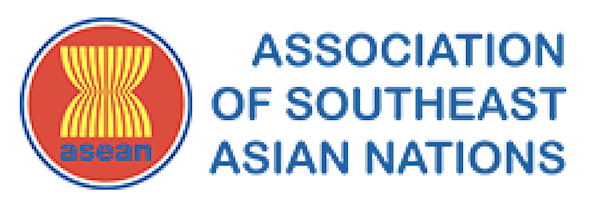The Standard Operating Procedure (SOP) provides procedures and guidelines for the implementation of monitoring and assessment (Articles 7 – 8) and joint emergency response (Articles 12 – 15) of the ASEAN Agreement on Transboundary Haze Pollution.
As stipulated in the SOP, to facilitate monitoring and assessment, each Party shall designate one or more bodies to function as National Monitoring Centres, to undertake the monitoring of (i) all fire prone areas, (ii) all land and/or forest fires, (iii) environmental conditions conducive to such land and/or forest fires, and (iv) haze pollution arising from such land and/or forest fires, in accordance with their respective national procedures.
Each NMC should undertake monitoring measures and the ASEAN Coordinating Centre for Transboundary Haze Pollution (ACC) should establish linkages with the NMCs to communicate the data at agreed regular intervals (Articles 7 – 8).
ACC will issue weather forecasts and haze outlook on a monthly basis, inform NMCs to submit weekly situation report at the start of the dry season, and daily report when the air quality reaches unhealthy level in many areas of the region or when there is a significant increase of hotspot activities.
In emergency situation, a joint emergency response can be activated when: (i) a Party makes a request for assistance; or (ii) a Party offers assistance to another Party.
Based on its assessment of the situation or request from a Party, the ACC may develop recommendations and an array of options for action utilising regional resources. Regional resources may include the ASEAN Transboundary Haze Pollution Control Fund, pool of experts and specialists, use of database and information, use of personnel from the ACC, etc.
Share this











